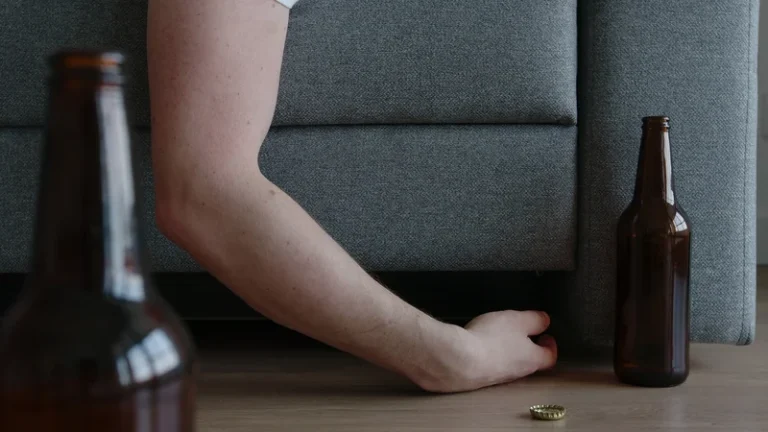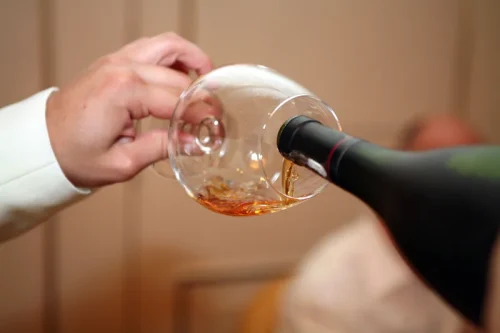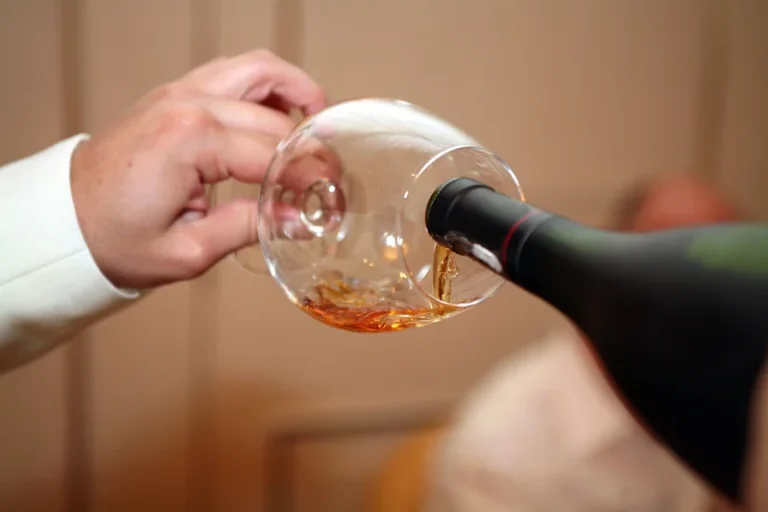
That said, there are four general stages of https://ecosoberhouse.com/article/can-you-moderate-your-drinking/ recovery, as compiled by addiction expert Steven M. Melemis, MD. These stages can help prevent relapse and support people to live healthier, fuller lives. Recovery from alcohol addiction generally follows the stages of abstinence, withdrawal, repair, and growth.
Table of Contents
Risk Factors for Substance Use Disorder in Women
A liquid form can be vaporized in electronic cigarettes. Despite manufacturer claims, these are chemical compounds rather than “natural” or harmless products. These drugs can produce a “high” similar to marijuana and have become a popular but dangerous alternative.

Medical Professionals
Try to formulate statements that are positive and supportive. The Division of Intramural Research Programs (IRP) is the internal research division of the NIMH. Over 40 research groups conduct basic neuroscience research and clinical investigations of mental illnesses, brain function, and behavior at the NIH campus in Bethesda, Maryland. An addiction is a brain disorder, after all, and not something that’s easily resolved. It can take 10 or more attempts at treatment before someone makes progress on overcoming an addiction.
- On the other hand, some data indicate that alleviation of mood symptoms can improve substance-abuse-related outcomes.
- Consider staging a family meeting or an intervention, but don’t put yourself in a dangerous situation.
- The survey also found one in two employees reported living with an underlying health condition or mental wellbeing issue, with anxiety and depression being the most commonly cited conditions.
- This could push them away and make them more resistant to your help.
- In one such study, this population tolerated and adhered to valproate better than to lithium (Weiss et al., 1998).
Supporting your loved one’s recovery
The best approach to implementing these treatments in practice is an area that requires further exploration. Researchers and clinicians have begun to develop treatment approaches that address both disorders simultaneously, with early indications of efficacy. Treating alcoholism isn’t easy, and it doesn’t always work the first time around. Often a person has been contemplating abstinence for some time, yet couldn’t get sober on their own.
How do you find a treatment program to offer at the intervention?

Take the assessment and get matched with a therapist in as little as 48 hours. Make a table like the one below, weighing the costs and benefits of drinking to the costs and benefits of quitting. Overcoming AUD is an ongoing process—one that can include setbacks. Combining therapy with support groups can greatly improve your odds of success. Therapy combined with an AUD program tends to lead to a high recovery success rate.

WHY ARE THESE COMORBIDITIES SO COMMON?
Talk with a healthcare professional struggling with alcohol addiction if you’re concerned you may experience detox symptoms when quitting drinking or cutting back. Together, you can come up with a plan to get through it. Healthcare providers diagnose the condition by doing a physical examination to look for symptoms of conditions that alcohol use disorder may cause.
Supportive tips
More often, people try to quit or cut back over time, experience recurrences, learn from them, and then continue on their recovery journey. For many, continued follow-up with a treatment provider is critical for overcoming alcohol problems. The provider can help adjust the treatment plan and aid long-term recovery. When seeking professional help, it is important that you feel respected and understood and that you trust the person, group, or organization to help you. However, remember that relationships with health care providers can take time to develop. When asked how alcohol problems are treated, people commonly think of 12-step programs or 28-day inpatient treatment centers but may have difficulty naming other options.
Behavioral Treatments
If you have any of these symptoms, alcohol may already be a cause for concern. The more symptoms you have, the more urgent the need for change. A health care provider can look at the number, pattern, and severity of symptoms to see whether AUD is present and help you decide the best course of action. Alcohol use disorder is a pattern of alcohol use that involves problems controlling your drinking, being preoccupied with alcohol or continuing to use alcohol even when it causes problems. This disorder also involves having to drink more to get the same effect or having withdrawal symptoms when you rapidly decrease or stop drinking.
What are the complications of this condition?
If you’re not sure if you’re ready to change or you’re struggling with the decision, it can help to think about the costs and benefits of each choice. Contact your primary care provider, health insurance plan, local health department, or employee assistance program for information about specialty treatment. Caring for a person who has problems with alcohol can be very stressful. It is important that as you try to help your loved one, you also find a way to take care of yourself. It may help to seek support from others, including friends, family, community, and support groups.
